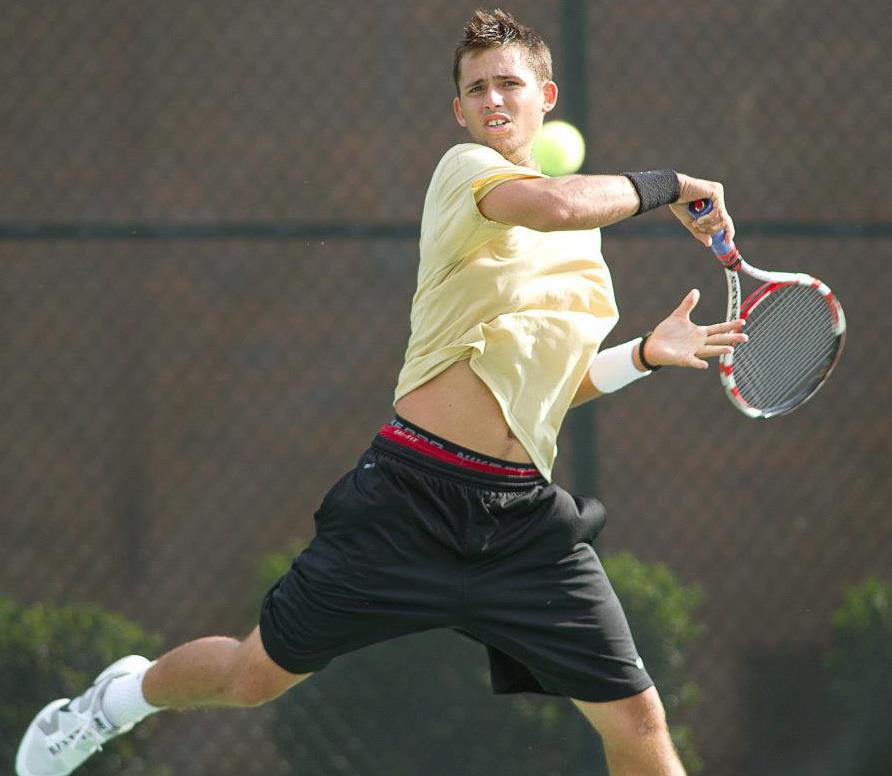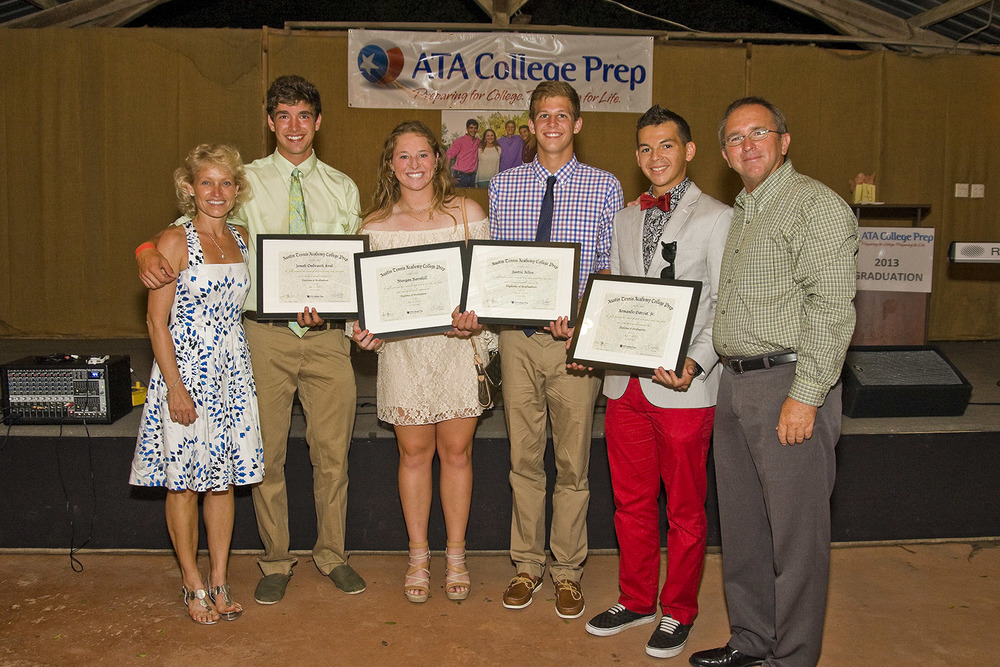A Whirlwind in DC
I spent a few days with some of the greatest creative minds in education. The 2013 Advanc-Ed Summit was held in Washington DC and the focus was Successful Learning in the Digital Age. While I was really looking forward to the inspirational architecture, history and messaging intertwined throughout the sites of our nation’s capital, I was surprised to find just as much stimulating insight through the events and speakers at the Summit.
I was honored to meet Sir Ken Robinson, author, inspirational TedTalk speaker, advocate for education revolution, and the keynote speaker for the event. He spoke about the immense opportunities to lead the changes for education out of the industrial age and into the digital age. Sir Ken’s School Kills Creativity is a favorite TedTalk of mine and his books – The Element, and Out of Our Minds – inspire us to demand creativity as the forefront of our education.
Next, I visited with Dr Steve Perry (on Oprah in July) who is an MLK style visionary implementing change as the principal of Capital Preparatory Magnet School in addition to authoring, Push Has Come To Shove: Getting Our Kids The Education They Deserve – Even If It Means Picking A Fight.
I also heard from members of the teaching community of U Penn and Washington U, and had breakfast with Roberto Rodriguez, Special Assistant to the President of Education.
Although many of the break out sessions still asked questions based on the old paradigm of education and one that still stems from an industrial age, many private and public schools are implementing dynamic changes, much like ATA College Prep. However, it is clear to me that we are definitely on the cutting edge of where true education is headed. All of the buzz phrases and ideas – blended learning, credit awarded for off-campus activities, rewarding performance instead of seat time, self-pacing, hiring experts over certified teachers – which were being thrown around in presentations and topical discussions are all things that we have been doing for years at CP, and even more years ago through small, focused, leadership and home education models. You see, the goal of a broad liberal arts education strives to liberate the mind and free its creative nature, rather than fill it with a common list of skills deemed necessary to fit into the assembly line of workers.
The highlight of the Summit, the closing ceremony featured 3 students who are practicing owning the responsibility of education. They have each created and developed their own start-ups, campaigns, or designed part of their course loads during the latter part of high school. They shared personal stories of why schools have failed them, how they have been supported, and what can be done to improve education, as well as the impact of mentor relationships. One young man is creating a template for high school students to defend their knowledge acquisition through unique and performance-based expert presentation options rather than standardized tests.
Out of the mouths (and minds) of babes come a great deal of wisdom… and we should listen!
At ATA CP, I am proud that we create mentoring relationships, stretch the mind, afford opportunity to grow in many directions… and that we strive to do it in creative and entertaining ways. After all, isn’t that what learning is? Loving to learn about who we are and who we are becoming in an ever-changing world of beauty.
Looking forward! ~Carol




